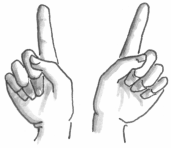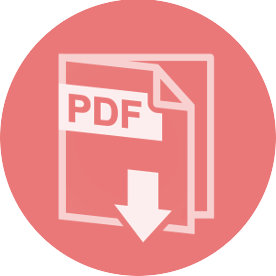Meetings are a necessary part of working in any group – they give us the chance to share information, to reach decisions and to get jobs done. But too often they drag on and on, with tempers running high, people talking over each other, and no decisions being made. Bad meetings leave you wondering why you bothered turning up. Unfortunately this pattern is very common in groups. However by using some facilitation skills it's easy to turn around the style of meetings and actually make them an enjoyable and inspiring experience.
Tasks – What got done? Did you get the necessary results? Were problems solved, and were the objectives of the group met?
Maintenance – How did it get done? How did people feel and how will this affect morale and group cohesion? Did the meeting make good use of the pooled talents? Was it enjoyable?
Facilitation is about helping the group to have an efficient and inclusive meeting. It's also about making sure everyone can be involved in discussions and making decisions. It combines a series of roles and tasks. Sometimes these are taken on by one person – the facilitator, however there's no reason why they can't be shared between one or more people in the meeting. Good facilitators stay neutral, winning the trust of everyone in the meeting and treating everyone as equals. At no time do they make decisions for the group or take sides in a conflict.
Instead of just one facilitator you could have two or more people sharing the different tasks:
Co-facilitators can take turns facilitating and support each other.
Taking hands: the job of keeping track of whose turn it is to speak next and of giving appropriate time limits to speakers.
Vibes-watchers pay attention to the emotional atmosphere of the meeting, They watch out for individuals' feelings and intervene if necessary.
The timekeeper keeps track of the time and the agreed time frame for the different agenda points, negotiating extensions if needed.
Notetakers or recorders take minutes or notes, collect reports, and also draw attention to incomplete decisions - e.g. "who is going to contact so and so, and when?".
The doorkeeper welcomes people in, bringing them up to speed on the meeting and practical stuff.
Many grassroots groups use consensus decision making rather than voting in their meetings. When working to reach consensus we bring together different ideas and try to find a proposal that is agreeable to everyone. Consensus is about participation and equalising power. Good facilitation plays an important role in helping a group to reach agreement.
The key to helping a group towards consensus is to help all members of the group express their needs and viewpoints clearly, find the common ground and find solutions to any areas of disagreement. Active listening, summarising and synthesis are three skills that help the facilitator with this.
After discussing the issue freely move on to finding agreement on what needs to be done. During this stage, sometimes called synthesis, you need to find the common ground, find connections between seemingly competing ideas and weave them together to form proposals.
Start with a summary of where you think the group and it's different members are at. Then start building a proposal from whatever agreement there is. Look for ideas on how the differences can be resolved. Focus on solutions that address the fundamental needs and key concerns that people within the group have. It's not unusual for people to be willing to give way on some things but not on others which affect them more closely. The solution will often be found by combining elements from different proposals.
To make summarising and synthesis easier it is helpful to write up key issues on a flipchart as the discussion happens.
(For more tools see our briefing Facilitation Tools for Meetings and Workshops)


For an in-depth discussion of facilitation and consensus decision-making see our facilitation and consensus briefings.

This PDF is in booklet format - print both sides of the paper and fold over to make a booklet.